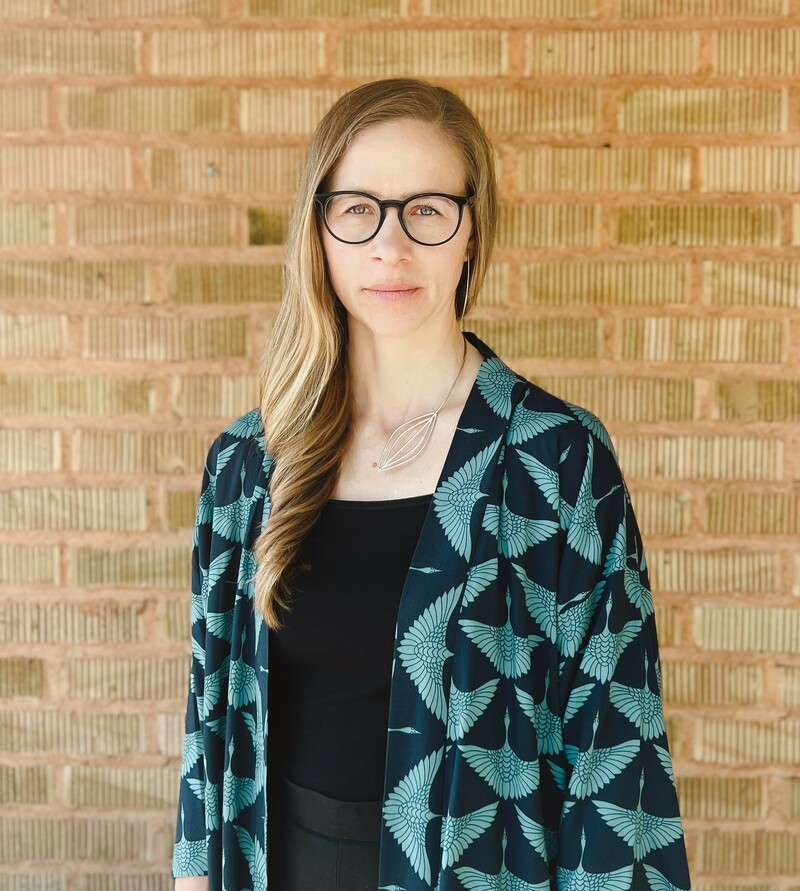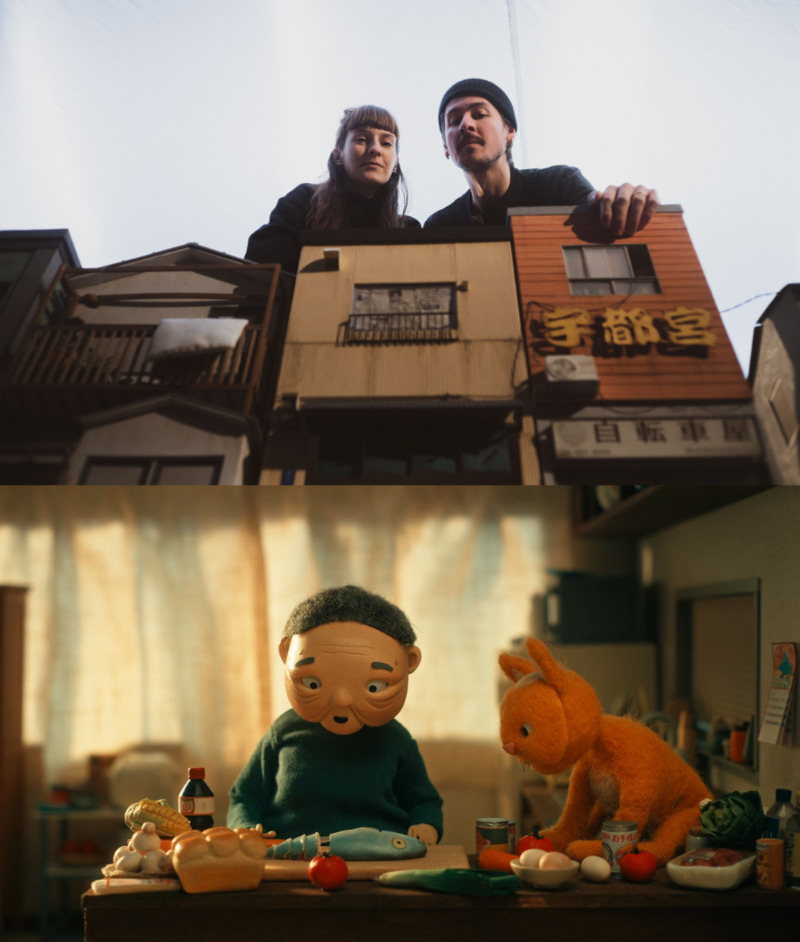Intervju
Davide Ravasi?
Publicerat 2011.02.22
Davide Ravasi, Associate Professor of Management vid Bocconi University i Milano, har tittat närmare på samarbete inom design. Vi hörde oss för. På torsdag (24/2) tar vi ett snack över en lunch med honom på HDK, häng på!
Hello Davide, what are you doing at the moment?
At the moment I am working on two projects. I am completing data collection for the second phase of my survey on design collaborations (only 30 companies have replied so far, and I'd really like to get around 100...), and I am extending my study of how corporate musuems constitute and nurture organizational identity, memory, and heritage. Corporate museums are facilities established by business firms that gather historical artifacts and illustrate the firm itself, its history, operations, etc. Many museums have fertile links with the other functions, and contribute to design, branding, human resource management, etc. So far, I have studied museums at Alessi, Piaggio, Alfa Romeo, and Ducati, and I would like to move on to less glamorous companies, to see if one observes the same dynamics.
What is the outcome from the survey you did in Italy?
The first part of the study focused on design consultancies. It shows how different types of studios work in slightly different ways: they evaluate success differently, search for contracts differently, and handle the clients differently, etc.. The highest performing consultancies, however, display some commont traits that distinguish them from the rest. They value both innovation and awards (while others tend to value one or the other). They spend much time trying to understand the strategy and competitive context of their clients, because they consider a good understanding of the their clients' positioning essential for the success of the project. They do not take briefs for granted: they negotiate and reconsider it together with the client along the process. They collaborate more actively, engage in frequent informal interaction, and help their counterparts "selling" their proposals inside the company. The rest of the study brings out the different perspective of designers and managers on why collaborations projects fail. Interestingly, different types of clients seem to pose different types of challenges.
Why do you think collaboration is important?
If you mean collaboration between design consultancies and business firms, there are important benefits that a firm can get by turning to a design consultant. These benefits go beyond product styling. By working with clients in different industries, designers can help a firm access ideas and technologies that are common in other fields, but still unexploited in the firm's own. As Andrew Hargadon from UC Davis observe, they act as brokers of knowledge. By being constantly immersed in the "design discourse" at societal level, designers can help their clients'products be in tune with current and rising aesthetic and semantic trends. Roberto Verganti, from Politecnico di Milano refers to this function as "brokering language". Finally, designers may bring a fresh outlook on a firm's competitive issues and help managers challenge conventional views about what consumers want, how firms should compete, etc. As my past research shows, designers (internal and external) can play an important part as triggers and catalysts of strategic renewal. Of course, hiring a designer is not enough. What makes the difference is how the relationship is managed - both inside and outside the company - which is one of my main research interests.
What are the major difficulties with collaboration?
According to designers, the main problems have to do with unclear expectations and ambiguous briefs, changing goals and indications in the course of the project, the lack of involvement of relevant functions, and the lack of power of their counterparts to effectively champion the idea within the company. Designers also frequently lament the design illiteracy of the managers they deal with.
Managers seem to view things differently. While designers blame managers for being too risk averse, managers lament how designers' proposals are often too risky or expensive. Another frequent blame has to do with the lack of attention to the clients' needs and contextual constraints (market, positioning, technology, etc.). Interestingly, almost half of the sample points to the poor aesthetics of proposals. Were these proposals really poor? Or, as designers claim, were these managers incapable of appreciating them? Or, perhaps, were designers incapable to effectively illustrate the qualities of their proposal?
It seems like collaboration between different companies such as Hennes & Mauritz and Karl Lagerfeld is increasing, why?
In fashion apparel, some large retailers have established a reputation for nice products, frequently re-assorted collection, at moderate price. What these retailers missed was the "cool" factor: by being relatively inexpensive, their brands enjoyed a relatively low status in the fashion pyramid, compared to the glamorous brands that built their aura through catwalks and fashion magazines. By collaborating to well known designers, these brands are not only buying their aesthetic talent, but also trying to borrow some of the aura of these high-status designers, in order to upgrade their positioning in the fashion world.
Thank you! See on thursday.



